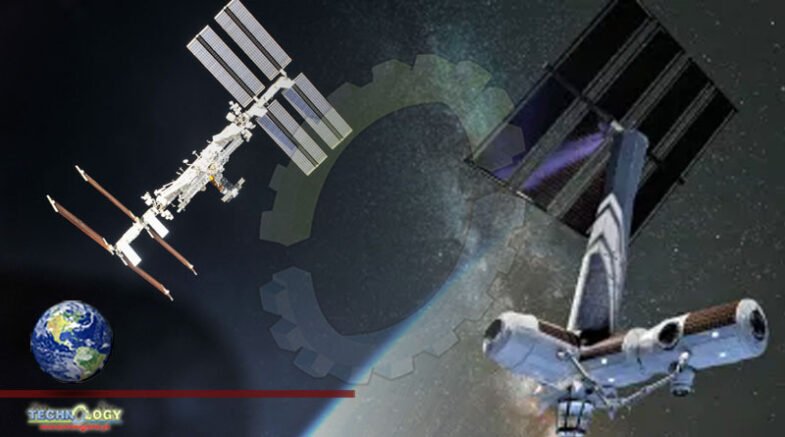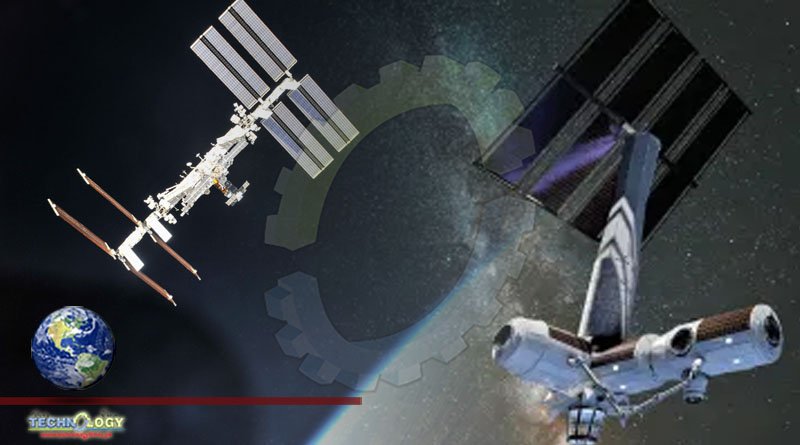If your phone goes out 17 times a day, somewhere between 1 second and 20 minutes, you will get a new wireless provider. That’s basically what the International Space Station astronauts are dealing with, but they don’t have that option.

This is how Hewlett Packard Enterprise (HPE) Mark Fernandez describes the state of communication between the ISS and Earth. This is one of the reasons he is so excited to have a computer.
Fernandez is a Principal Investigator at HPE Space-mounted computer-2, Which It was launched on the International Space Station in February.
“The communication continuity of the space station is very weak,” he explained. “So we need to empower [astronauts] To be more autonomous. And with the Spaceborne Computer-2 board, you can not only build confidence, but also increase your ability to solve your problems without relying on the planet. “
This makes the International Space Station an extreme case study of edge computing. The concept is to bring storage and processing closer to the data source, speed it up, and reduce the bandwidth required for cloud computing.
“Seeing more scenarios move to the edge, it’s changing the way developers think about writing applications, and how they think about bandwidth and lack of bandwidth,” Tom Keane said. Told.Microsoft Azure Corporate Vice President. “And of course, space gives you a great understanding.”
For Microsoft, the project is A bigger effort called Azure Space This includes partnerships with SpaceX and others.
HPE’s Spaceborne Computer-2 uses off-the-shelf servers and components in hardware designed for harsh environments. Microsoft and HPE have collaborated to connect Spaceborne Computer-2 from orbit to Azure for advanced artificial intelligence applications on the ISS.
Spaceborne Computer-2 (HPE Image)
They use standard open source tools such as Python and Linux containers to allow others to join in the future and build approaches.
The two companies announced on Wednesday that they had completed their first experiment. They ranged from successful “Hello World” messages to testing weightless-grown potatoes on the ISS to better understand the causes of their deformation.
However, the big test so far has been an intensive analysis of the astronaut’s genome, looking for new clues about the effects of long-term stays in space on the human body.
Raw data can reach hundreds of gigabytes, and under that circumstance it is unrealistic to try to send. Spaceborne Computer-2 is allocated two hours a week for downloads from the ISS via a dilapidated system that connects to base stations on Earth using tracking and data tracking satellites (TDRS).
Instead, we packaged Microsoft-developed software in a Linux container and processed the astronaut’s genome with Spaceborne Computer-2. The mutation details were then sent to Earth for analysis against the National Institutes of Health database and generated results.
“It’s a short little message that we can return to the space station,” Fernandez said. “It used to take weeks, if not months, to download the genome, but after processing it at the edge, it can be downloaded in just minutes.”
The companies say they have completed a total of four experiments so far, four more are underway, and 29 are planned beyond that. Spaceborne Computer-2 will be used for research projects on the ISS for a couple of years.
Time is important. Congress approved the ISS budget until 2024, but even if the budget was extended Not expected to exceed 2030..
Computing at the Edge of Space: HPE and Microsoft Conduct International Space Station Experiments
Source link Computing at the Edge of Space: HPE and Microsoft Conduct International Space Station Experiments
Source Illinois News Today
